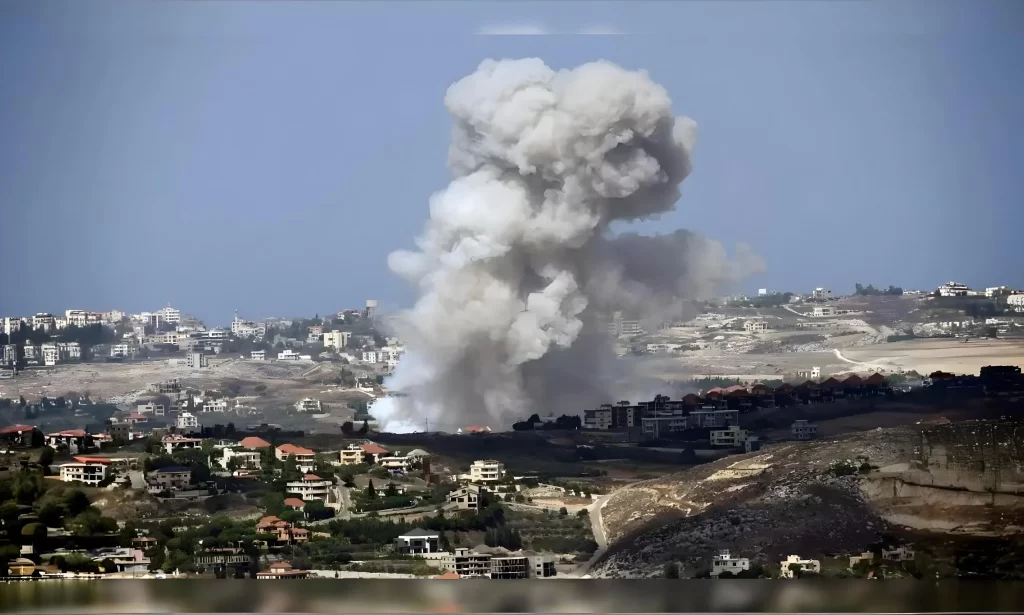The geopolitical tensions between Israel and Lebanon have escalated at various points in history, with several military actions and retaliations. One significant method for analyzing such conflicts is through satellite imagery, which provides real-time insights into the scale, damage, and geographical extent of military campaigns. In this article, we analyze Israel’s bombing campaign in Lebanon using satellite data to assess the extent of destruction, the strategic targets, and the potential humanitarian impact.
Overview of the Conflict
Israel and Lebanon, particularly Hezbollah, have had a strained relationship for decades. The conflict often involves border skirmishes, airstrikes, and rocket fire, leading to destruction on both sides. Israel’s bombing campaigns usually target Hezbollah strongholds, infrastructure believed to support militant activities, and areas near the Israel-Lebanon border.
In this analysis, we focus on the bombing campaigns that took place between [insert specific dates]. The conflict intensified with airstrikes launched in response to Hezbollah’s missile attacks or intelligence reports indicating militant activities.
Role of Satellite Imagery in Conflict Analysis
Satellite data is invaluable in conflict zones where direct access is limited due to security concerns or ongoing military operations. Imagery captured by commercial and governmental satellites allows for independent verification of on-ground reports and provides a macroscopic view of destruction that might otherwise go unnoticed in real-time.
Key sources of satellite data include:
- Sentinel-2: Provides high-resolution optical imagery, useful for detecting changes in urban infrastructure, vegetation, and terrain after bombings.
- Landsat 8: Offers additional insights with its multi-spectral imagery, helping assess damage over large areas.
- Maxar Technologies: Often provides more detailed images of specific targets like infrastructure or military sites.
Destruction Analysis
Based on satellite data analysis, key findings include:
- Urban Destruction: Major cities and border areas have suffered from strikes targeting suspected militant bases. Beirut and southern Lebanon, which house Hezbollah strongholds, have shown visible damage in terms of collapsed buildings, destroyed roads, and burnt-out structures.
- Targeted Infrastructure: Israel has historically targeted infrastructure such as bridges, power plants, and highways that are crucial for Hezbollah’s movement and operations. Satellite data shows significant damage to roads and tunnels, particularly in southern Lebanon, likely aimed at crippling Hezbollah’s supply lines.
- Civilian Casualties and Displacement: Analysis shows bombings in civilian areas have resulted in mass displacements. Satellite imagery reveals the destruction of residential zones, causing large-scale evacuations.
Impact on Environment
Another important aspect revealed by satellite data is the environmental toll. The bombing campaign has led to large-scale forest fires in southern Lebanon. Infrared imaging highlights hotspots of forest destruction, which not only affects biodiversity but also contributes to the displacement of local populations who depend on these lands for livelihood.
Satellite data provides a clear, unbiased view of the situation in Lebanon during Israel’s bombing campaigns. Through high-resolution imagery, it’s possible to assess not only the extent of the military actions but also their broader implications on urban infrastructure, civilian life, and the environment. This technology offers a lens through which the world can monitor and understand the complexities of modern warfare and its devastating aftermath on both the physical and human landscape.

